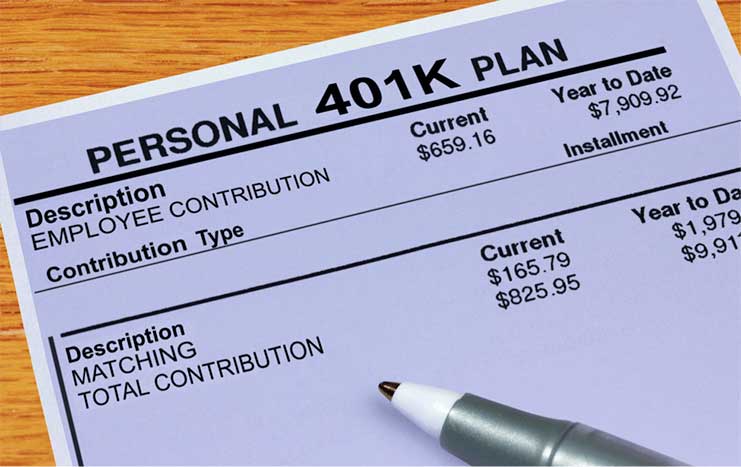Decoding 401K Fees
Date: December 6, 2016
Seventy-one percent of 401(k) plan participants don’t know that they are paying fees, according to an AARP survey. Administrative fees, investment expenses, transaction fees – isn’t it time you read the fine print? Here are some tips about how to decode the fees your 401(k) plan is charging you.
All 401(k) Retirement Accounts Have Fees
Did you think your 401(k) plan was expense-free? That’s a common misconception, according to Roger Wohlner, financial advisor and freelance financial writer based in Arlington Heights, Illinois, who is also the founder of the financial blog, “The Chicago Financial Planner.”
“In reality,” Wohlner says, “even the best 401(k) plans have expenses, including the expense ratios of the underlying investments such as mutual funds; costs for record keeping and administration; fees charged by the plan’s custodian; and fees charged for outside investment advice.”
Disclosure Mandated by Recent Law
The Labor Department’s 401(k) fee disclosure rule – effective as of 2012 – requires 401(k) plan administrators to mail each participant a quarterly statement providing: your investments’ rates of return and investment-related fees and expenses, including all administrative expenses.
“Plan participants should closely review the annual expense disclosures they receive,” Wohlner says, “and also monitor their account statements to see if any costs over and above the expense ratios are being assessed against their accounts.”
Most plan participants don’t closely review the expense disclosures, however. Only half of 401(k) participants even noticed the fee information, and only 7 percent took any action in response to it, according to the 2013 Retirement Confidence Survey. Of the 7 percent who decided to act, about 33 percent moved their money from expensive investments; 23 percent opted out of the plan; and 8 percent put more money into less expensive investments.
Plan Administration Fees
It’s no surprise that the day-to-day operation of a 401(k) plan requires record keeping, accounting, legal services and trustee services – all included in the costs to administer the plan. These fees are always charged, but they are paid for in different ways.
In some companies, the charges are covered by the employer. In others, they are taken directly from the plan’s assets or deducted from investment returns. As is most often the case, fees are charged directly to the participants, and the plan allocates them proportionately so those with larger accounts pay more.
Note that these expenses may not be included on the fee disclosure notice since they are taken from the revenue share paid to the record keeper from some or all of the plan’s funds. But don’t think for a minute that the $20 or $30 administrative fee listed on your statement is all that you are paying.
Investment Fees: The Biggest Component
The big heavy of 401(k) plan fees are the expenses charged by particular fund managers for managing plan investments. These fees are generally assessed as a percentage of assets invested – often ranging from 1 to 3 percent. That figure can be misleading because the percentage is buried in the plan prospectus and looks small. However, the fee is constantly eroding your return.
”The investment expense ratios are always born by the participants,” according to Wohlner. He suggests that plan participants review their investment menu to see if they are being offered low-cost versions of mutual funds or other investments. Choosing an index fund, for example, is going to cost you less than a managed fund.
Quicken has made the material on this blog available for informational purposes only. Use of this website constitutes agreement to our Terms of Use and Privacy Policy. Quicken does not offer advisory or brokerage services, does not recommend the purchase or sale of any particular securities or other investments, and does not offer tax advice. For any such advice, please consult a professional.



